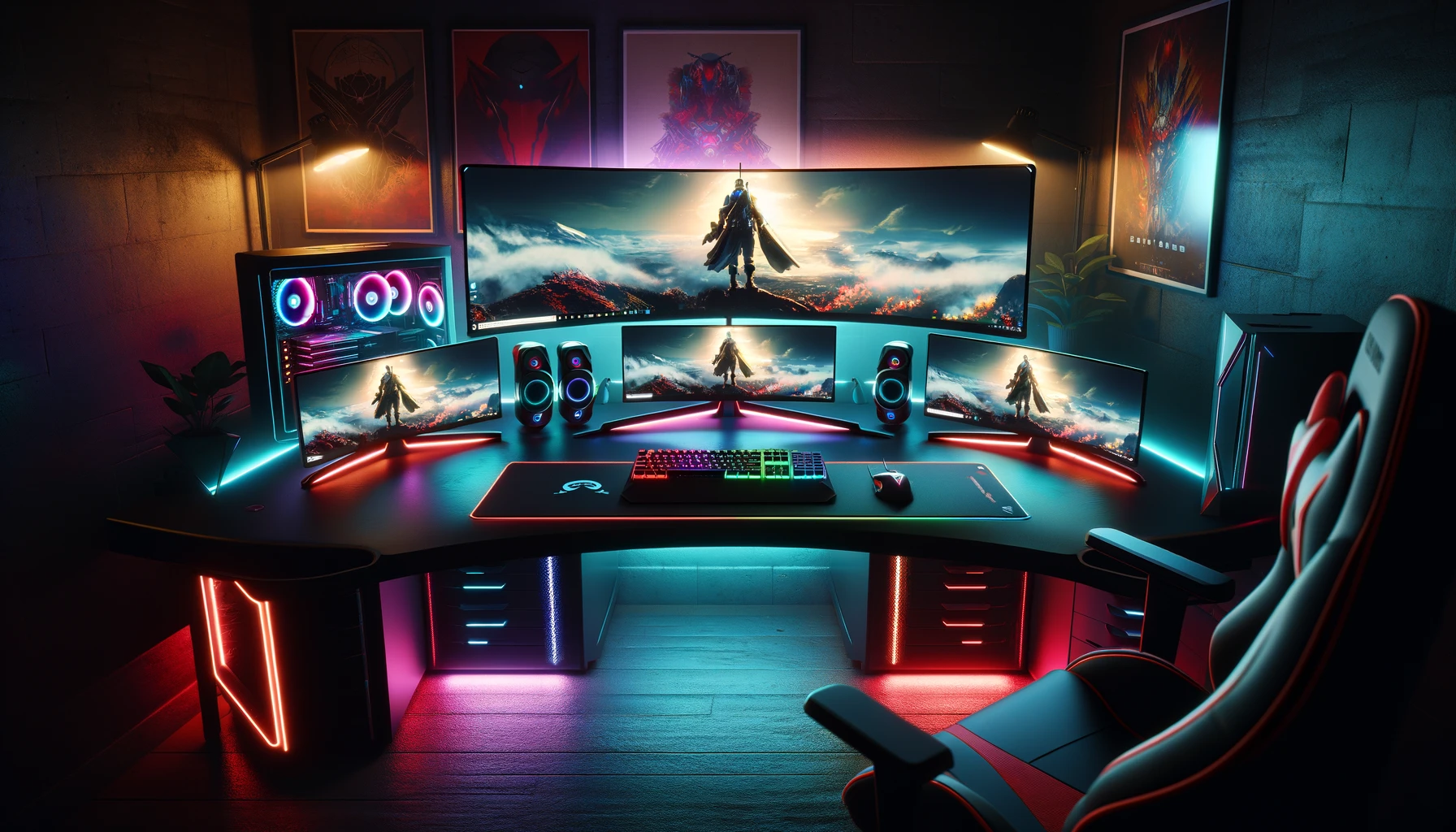Sand Land, a game derived from the creative universe of Akira Toriyama, attempts to marry the nostalgic appeal of 1990s gaming with modern RPG mechanics. However, despite the charm of its detailed mechanical designs and imaginative vehicles, the game struggles to deliver a cohesive and engaging gameplay experience. The in-game action, featuring Prince Beelzebub battling foes with numbers visibly springing from them, harks back to the era of licensed PlayStation games notorious for their uneven quality. The game’s eclectic mix of platforming, quick-time events, and stealth sections underscores its identity crisis, failing to excel in any particular gameplay aspect.
Gameplay Dynamics and Challenges
Sand Land’s gameplay toggles between various modes, from side-on platforming fraught with pitfalls to vehicular customization in the garage. The game presents a generous fast travel system, yet vehicle handling and the limited functionality of each type pose significant frustrations. Players navigate through environmental puzzles and combat scenarios that are seamlessly integrated but lack depth and tactical challenge. This ease of movement and combat might appeal to casual players but leaves little for those seeking a more immersive and challenging RPG experience.
Historical Context and Game Evolution
In previous incarnations of RPGs and action games, there was a clear delineation between different gameplay components. Over the years, games have evolved to offer more integrated and seamless experiences, combining various elements to enhance the player’s immersion. However, Sand Land seems to have missed this evolutionary step, retaining a fragmented approach that might remind seasoned gamers of earlier, less sophisticated gaming experiences. This may resonate with fans of retro gaming but can feel outdated to others accustomed to more polished modern titles.
Comparative Insights from Related Sources
Further insights into this genre come from Engadget’s article “Reviving the Classics: When Nostalgia Meets Modern Gaming” and Kotaku’s “The Challenges of Reimagining Retro Games for the Current Era.” Both pieces discuss the delicate balance developers must strike when modernizing classic game elements for today’s audiences. They emphasize that while nostalgia can attract players, it requires careful integration with contemporary gameplay mechanics to prevent it from feeling disjointed or superficially attached.
Scientific Perspectives on Gaming Nostalgia
According to a study published in the Journal “Entertainment Computing,” titled “The Role of Nostalgia in Retro Game Design,” nostalgia can significantly affect player engagement and satisfaction. The study highlights that successfully tapping into nostalgic feelings can enhance a game’s appeal but also notes the risks of relying too heavily on nostalgia at the expense of gameplay quality and innovation. This balance is crucial for games like Sand Land, where the nostalgic elements need to complement rather than dominate the gaming experience.
Key Takeaways
- Seamless integration of combat and exploration enhances player freedom.
- Vehicular customization offers depth but can be cumbersome and overly complex.
- Nostalgic elements need careful blending with modern mechanics to appeal broadly.
Ultimately, while Sand Land visually captivates with its Toriyama-inspired aesthetic and brings a dose of nostalgia, it falls short in delivering a satisfying modern RPG experience. The game’s segmented approach to gameplay and simplistic combat system do not fully exploit the potential of its rich thematic material and visual artistry. For future titles in this genre, a more integrated and nuanced development approach might be necessary to truly captivate and engage contemporary audiences. This understanding is essential for both developers and players in appreciating the complexities of adapting nostalgic elements within modern gaming frameworks.










